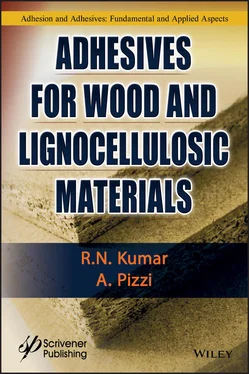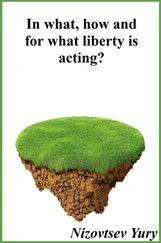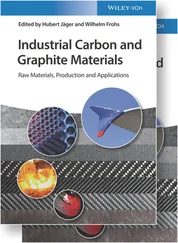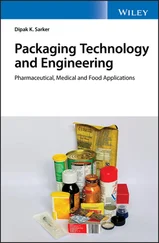In the secondary wall,the microfibrils are closely packed. The amount of lignin is low (10–20%), and cellulose content ranged from about 50% to over 60%. The secondary wall is formed of three distinct layers, the S1, S2, and S3 layers; each layer is much thicker than the primary wall ( Figure 1.2). This is the principal structural element of the wood cell with the microfibrils aligned helically around the lumen. The degree of orientation of the microfibrils and the proportions of the various layers in the cell wall determine the properties of the cell. This is the most important layer in terms of mechanical properties.
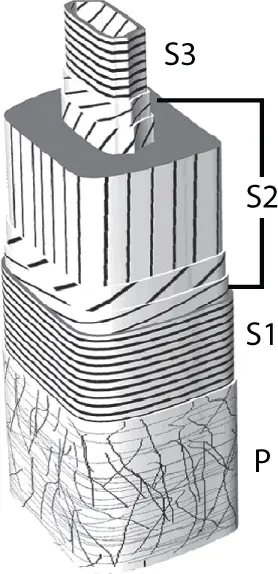
Figure 1.2 Schematic model of the cell wall layers [16].
The S1 layeris thin and consists of a few lamellae. It has a crossed microfibrillar texture, with its lamellae exhibiting an alternating left-hand and right-hand helical arrangement. In each lamella, the helical angle is about 50–90°, as measured from the longitudinal axis of the cell.
The S2 layeris thick, especially in latewood tracheids and thick-walled fibers. It is composed of 30–150 lamellae. Adjoining lamellae are observed to exhibit a similar (not crossed) microfibrillar orientation. The microfibrils show a high degree of parallelism in all lamellae, and they run approximately parallel to cell axis, usually not exceeding an angle of about 30°. Typically, the S2 layer, whose microfibrils are oriented nearly parallel to the long axis of the cell, is responsible for resisting the principal stresses in the living tree and for the high longitudinal strength and stiffness of lumber cut from the tree. Thick S2 layers of latewood cells are considered as the reason for their resistance to stresses parallel to the long axis of the cell.
The S3 layeris usually thinner than the S1 and it is lamellate (up to six lamellae). The angle of microfibrils likewise varies from about 50° to 90°. The S3 layer may sometimes be missing.
The warty layermay line the lumina and pit cavities of tracheids, fibers, and vessels of many softwoods and hardwoods. This layer is attached to the S3 layer, and may occur on top of spiral thickenings. The warty layer forms during the final stages of cell wall development, and it is regarded as a structure arising from the dying protoplasm (deposited by the living protoplasm prior to its degeneration). The major chemical component of warts is lignin; hemicelluloses are also present.
Unlike the lumen, which is a void space, the cell wall has a highly regular structure, differing in nature from one cell type to another and also vary between species, and even within the same softwood and hardwood species.
Various electron microscopic observations gave rise to the model of the construction of wood cell walls as shown in Figure 1.2[5].
Wood is made up of cell wall constituents and extraneous materials ( Figure 1.3). The cell wall constituents, namely, polysaccharides and lignin, are collectively called wood substance, which typically accounts for 95–98% of the weight of the wood, the remainder being extraneous organic and inorganic materials. The ratio of polysaccharides to lignin in the wood substance is roughly 3:1. The most abundant polysaccharide, cellulose, in the form of microfibrils, provides the structural framework for all plant tissues. Pettersen [17] provides an extensive compilation of the chemical composition of woods from the entire world.
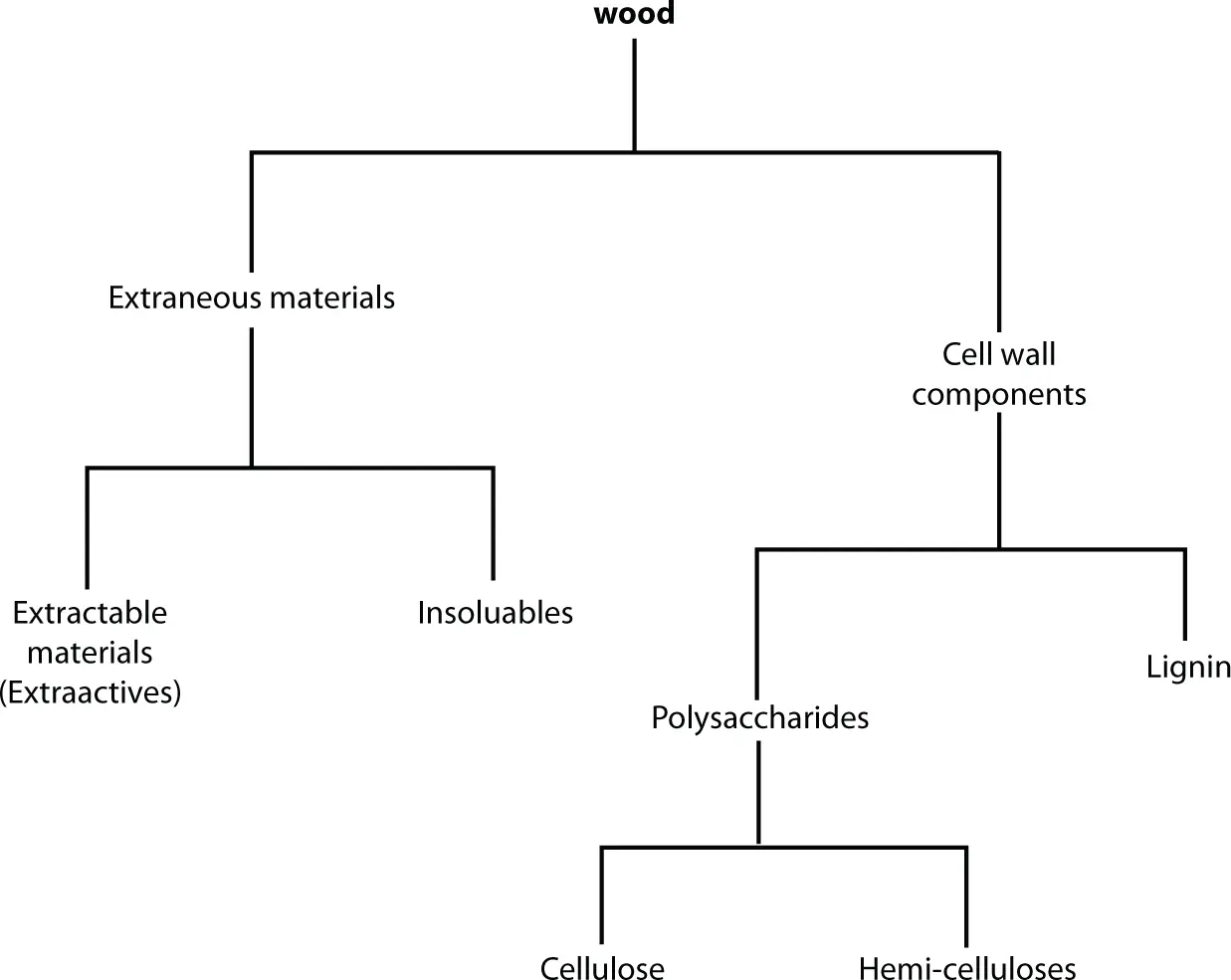
Figure 1.3 Chemical composition of wood.
Cellulose is the most abundant biopolymer on earth. It is synthesized in plants (trees, grass, etc.), algae ( Valonia, Cladophora, etc.), and even in some animals (tunicates), and it can also be synthesized by some bacteria ( Acetobacter xylinum ). Around 40% of the dry weight of wood consists of cellulose. Cellulose is a linear polymer built up of D-anhydroglucose units linked together by β-(1-4)-glycosidic bonds. The degree of polymerization (DP) is normally 9000–10,000 glucose units, but DP values as high as 15,000 glucose units have been reported [18]. Most of the cellulose found in wood fibers has approximately the same molecular size, i.e., a very low polydispersity [18].
The cellulose molecule is linear and it is therefore capable of forming strong intra- and intermolecular hydrogen bonds and aggregated bundles of molecules. In the literature, these bundles of cellulose molecules, as has been already mentioned, have been given many different names such as elementary fibrils, microfibrils, protofibrils, etc. [12–14]. The term cellulose microfibrils will be used in this book. These cellulose microfibrils have crystalline and amorphous regions.
Hemicelluloses are a group of heterogeneous polymers that play a supporting role in the fiber wall. Twenty to thirty percent of the dry weight of wood consists of hemicelluloses. The hemicellulose polymers are built up of several different monomers, such as mannose, arabinose, xylose, galactose, and glucose. Some acidic sugars like galacturonic acid and glucuronic acid are also constituents of hemicelluloses. One, two, or several types of monomers usually build up the backbone of hemicellulose polymers. Most of the hemicelluloses also have short branches containing types of sugars other than those of the backbone. The degree of polymerization for the hemicelluloses is between 100 and 200 [11].
Softwoods contain about 20–25% glucomannans. Acetyl groups and galactose residues are attached to the polymer chain. The hydroxyl groups at the C(2) and C(3) positions in the chain are partly substituted by O-acetyl groups. Galactose units are also attached to the chain as α-(1-6)-linkages. Hence, softwood mannans can be designated as O-acetyl-galactoglucomannans [11]. Thus, the galactoglucomannans of softwood have a backbone of (1-4) linked by β-D-glucose and β-D-mannose units in the main chain with α-D-galactose linked to the chain through (1-6)-bonds. An important structural feature is that the hydroxyl groups at C(2) and C(3) positions in the chain units are partially substituted by O-acetyl groups.
It has a backbone of (1-4)-β-D-xylose, where most of the xylose residues have an acetyl group at C(2) or C(3). About every 10th xylose unit also has a 4-O-methyl-α-D-glucuronic acid residue linked by a (1-2)-bond ( Figure 1.5). The backbone substitution and degree of branching can vary considerably between hemicelluloses of the same category [19].
Lignin is a heterogeneous three-dimensional polymer that constitutes approximately 30% of the dry weight of wood. Lignin limits the penetration of water into the wood cells and makes wood very compact.
Lignin is the second most abundant and important organic substance in the plant world. Lignin increases the mechanical strength and stiffness properties to such an extent that huge plants such as trees with heights of even more than 100 m can remain upright.
Lignin is a complex polymer of phenylpropane units (monolignols) joined through many different linkages. The three monolignols are p -coumaryl alcohol, coniferyl alcohol, and sinapyl alcohol ( Figure 1.4). The monolignols in various proportions are the building blocks for the 3-D structure of native lignin in higher plants [19]. Monolignols copolymerize mainly by radical polymerization.
Читать дальше
